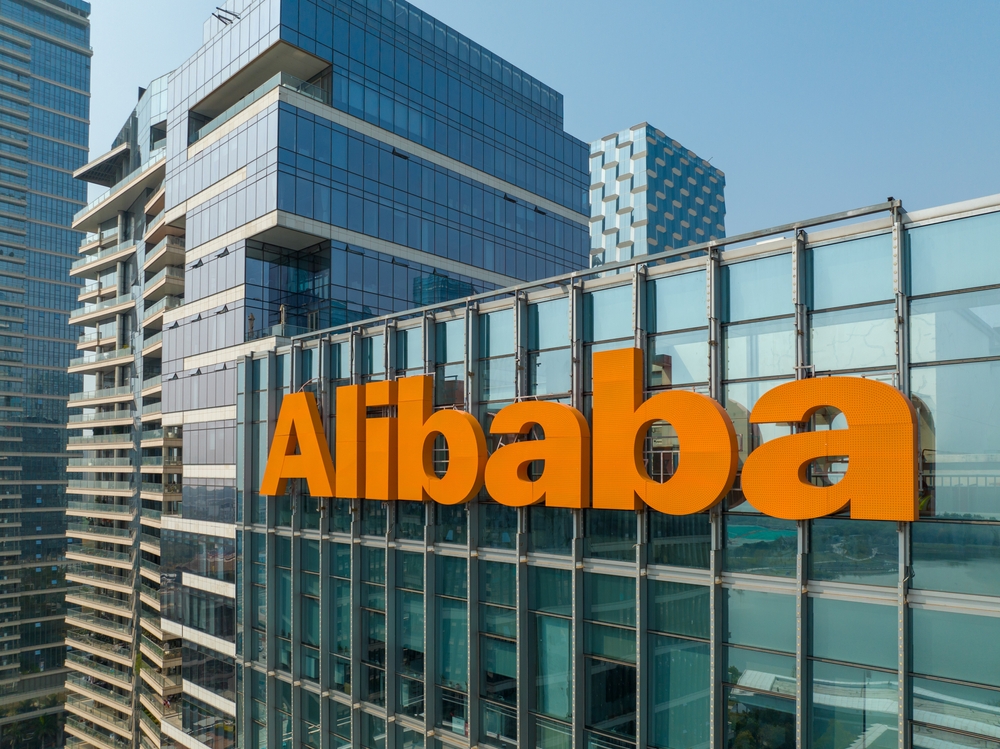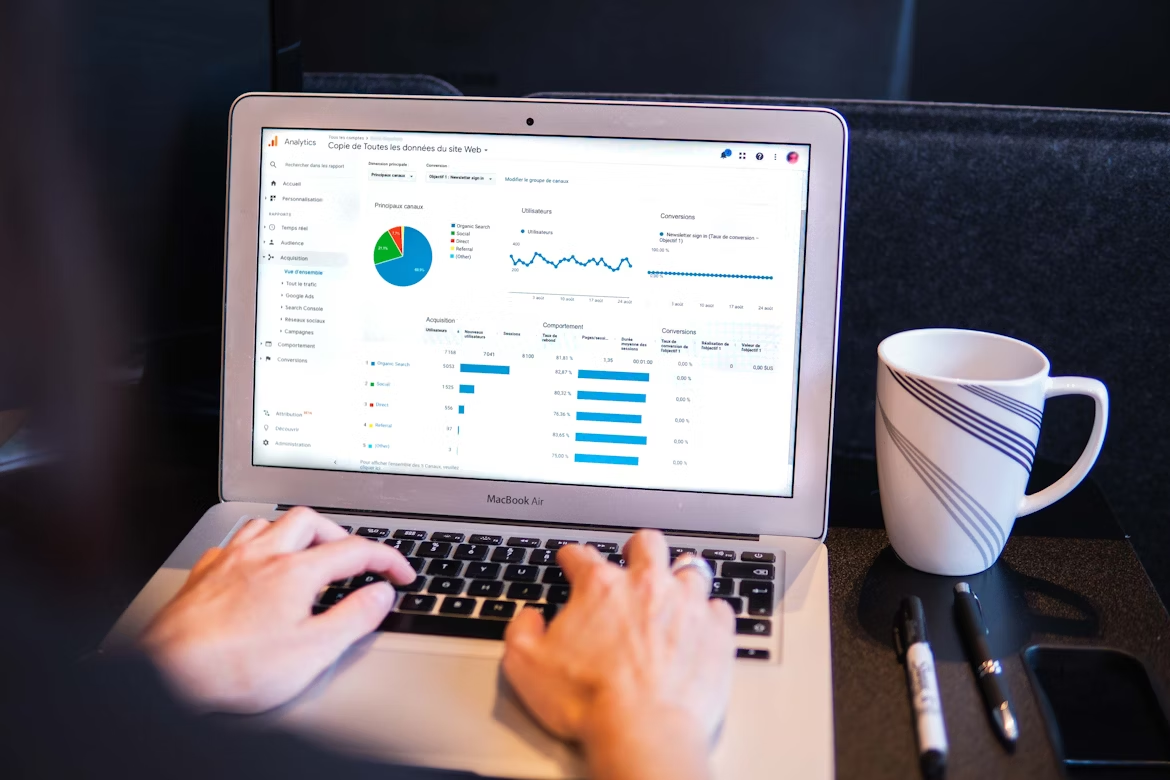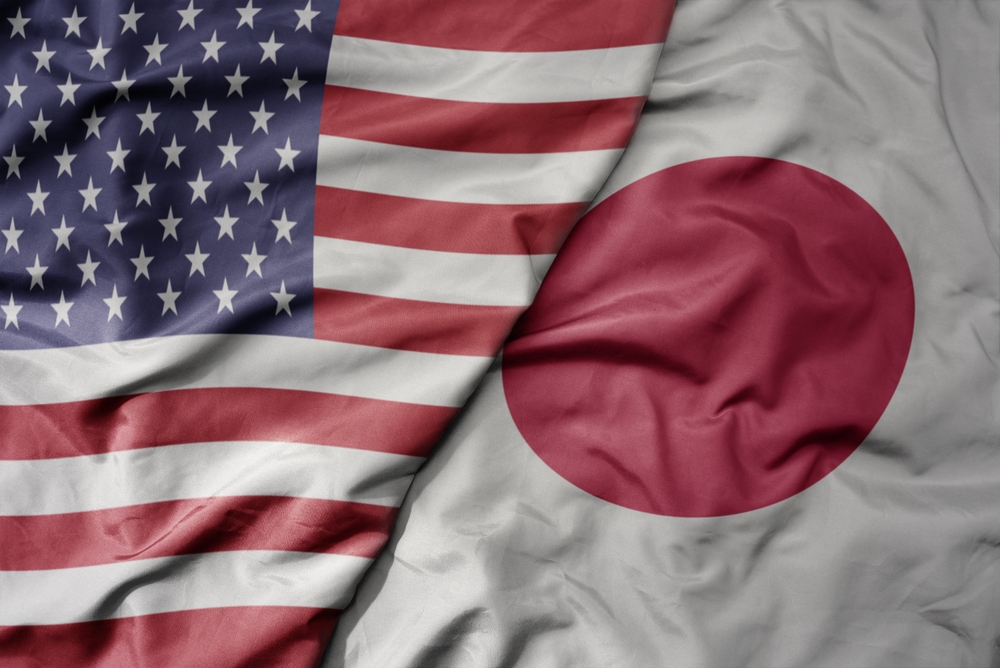Wall Street wrapped up the first half of 2021 at record highs, with investors defying pessimistic projections of a broader pullback and pushing past concerns of rising inflation and potential rate hikes.
Last Wednesday’s session marked the midway point of a year that saw the three major U.S. indexes are up by double-digit percentages, with the Nasdaq advancing 12.5%, the Dow adding 12.7%, and the S&P 500 surging 14.4% since Dec. 31, 2020.
A day earlier, the S&P 500 and the Nasdaq set all-time highs, highlighting Wall Street’s optimism for economic recovery — reinvigorated by widespread vaccinations, businesses ramping up operations and consumers eager to spend after more than a year of restrictions tied to the public health crisis.
A wide participation from different sectors encouraged the first part of 2021's ongoing bull market. Many different sectors of the economy are seeing positive signs that are leading stocks higher. Some examples include:
A growing awareness that legacy automaker stocks should be able to participate and thrive in the trend toward electric vehicles. Shares of Ford Motor (NYSE: F) are up nearly 70% year to date, while General Motors (NYSE: GM) is crushing the market with gains of more than 40%.
Energy stocks have continued to rebound. Marathon Oil (NYSE: MRO) has led the way with a near doubling in its stock price so far in 2021, but many other exploration and production companies are faring nearly as well.
Hard-hit retailers are demonstrating their ability to bounce back as the economy reopens. L Brands (NYSE: LB) has seen gains of more than 90% so far in 2021, and Gap (NYSE: GPS) isn't too far behind with its 60% rise.
Tech giants also playing their part in driving gains. NVIDIA (NASDAQ: NVDA) has risen more than 50% on hopes that its stock split signals even better times ahead, while Applied Materials (NASDAQ: AMAT) and its almost 65% rise is symptomatic of the strength throughout much of the semiconductor space.
The breadth of gains for the market is healthy, as it shows that investors aren't relying solely on a single industry's prospects. That suggests that even further gains could lie ahead for the stock market.
Meanwhile from sector perspective, Energy (+45.6% YTD), Financials (+25.6% YTD) and REITs (+22.6% YTD) were the top-performing sectors in the first half of 2021. This follows 2020, in which they were the three worst-performing sectors. All three benefited from the “reopening” trade, which took flight in Q4 on better-than-expected COVID-19 vaccine efficacy results announced throughout November. The defensive Staples (5%) and Utilities (+2.5%) have been the laggards for the period.
Investors are heading into the second half of the year weighing whether a recent acceleration in inflation is shaping up to be transitory, or the start of a longer-term trend that might force the Federal Reserve to pick up its pace of interest-rate increases.
Later today, investors turned their focus to U.S. inflation data, which could shed more light on the Federal Reserve’s timeline for policy tightening. Following the U.S. CPI report that is due at 1230 GMT, attention will then shift to Fed Chairman Jerome Powell’s testimony before Congress on Wednesday and Thursday for his response to the inflation data.
Yields on 10-year U.S. Treasury suggesting that after snapping back from the COVID-19 shutdown, longer-term economic growth might be more muted than investors expected just a few months ago. That is in part due to dimming prospects for additional, huge stimulus from the federal government.
The equity market also keeping an eye on the signal coming by rising fears over climbing pandemic case counts and the prevalence of the Delta variant of COVID-19 in several jurisdictions, including in Korea, Japan, some southern U.S. states, Spain, and Britain. The surge in the UK is particularly notable given the high level of vaccination and as England abandoning COVID-19 restrictions next week.
Much like last year, the vast wealth flowing into the portfolios of investors contrasts with the plight of those devastated by the pandemic and whose economic prospects remain uncertain or dim. Though efforts to vaccinate people are well underway in rich countries, poorer nations have yet to inoculate a meaningful portion of their populations. The stark disparity in vaccination rates and the sluggish pace of the rollout abroad have raised worries of uncontrollable virus spread and threatening the global economic recovery.
Looking ahead, investors also bracing for the start of the Q2 earnings season, with JPMorgan, Goldman Sachs, Bank of America, and other big banks kick off results from today.















